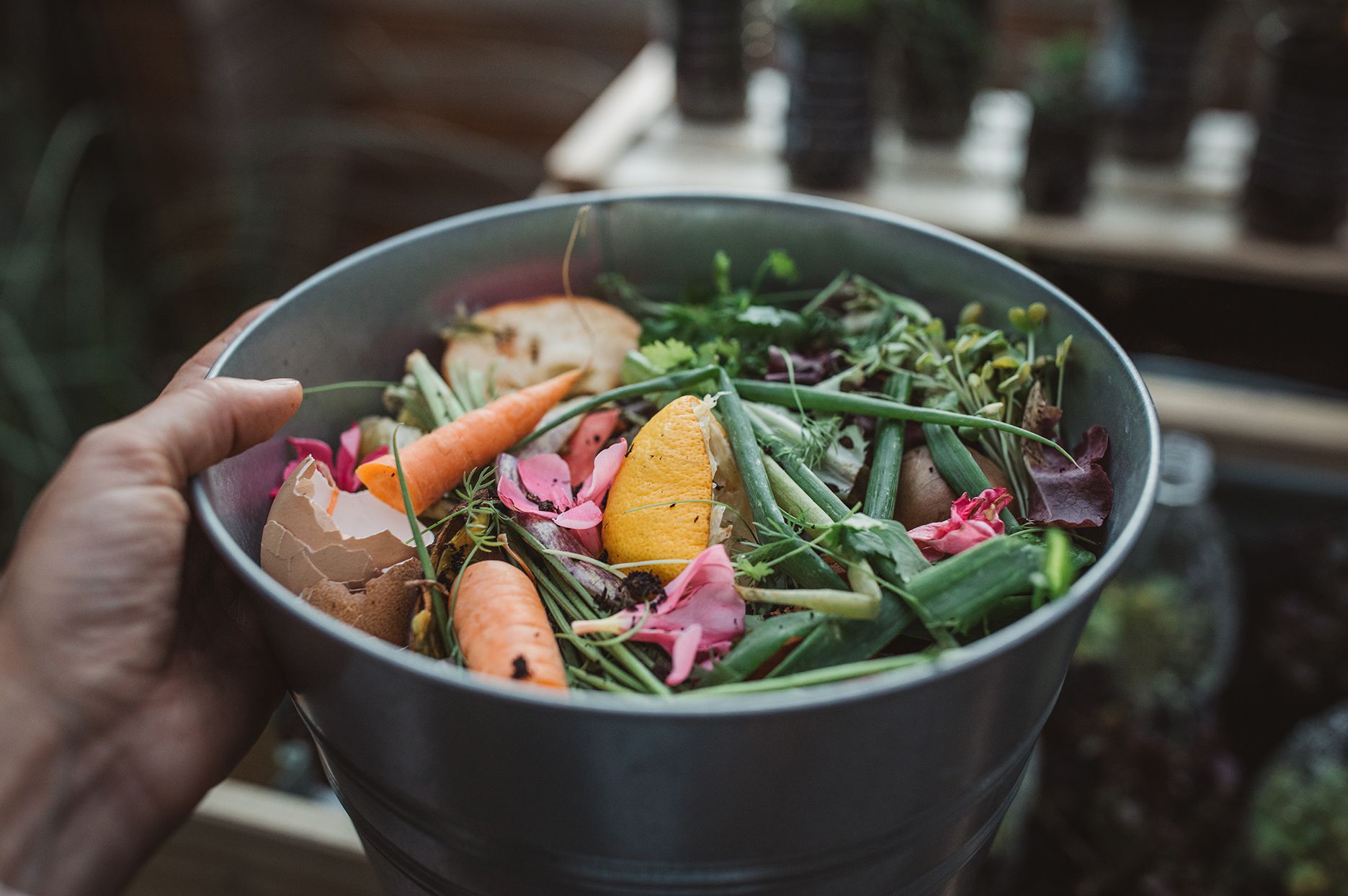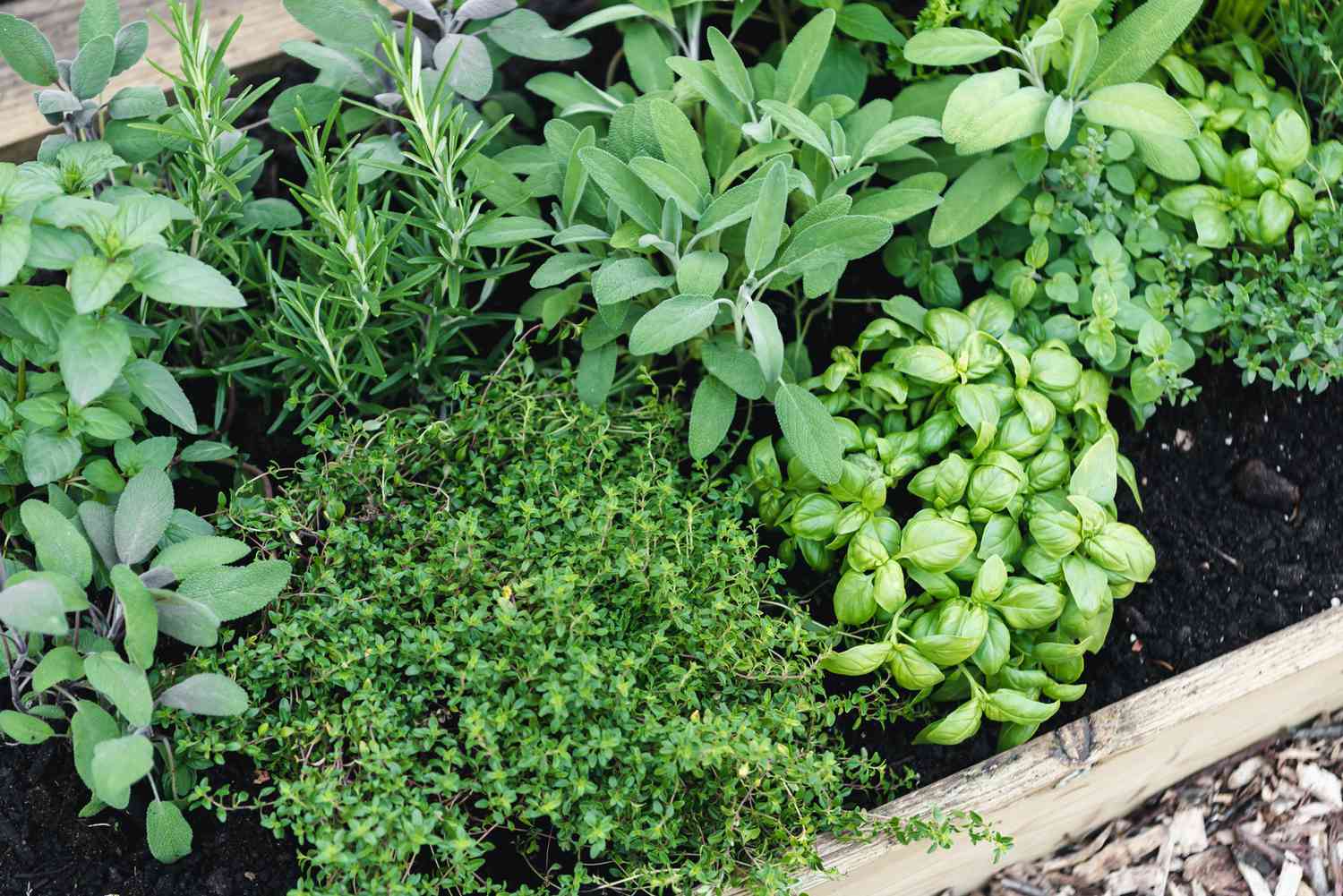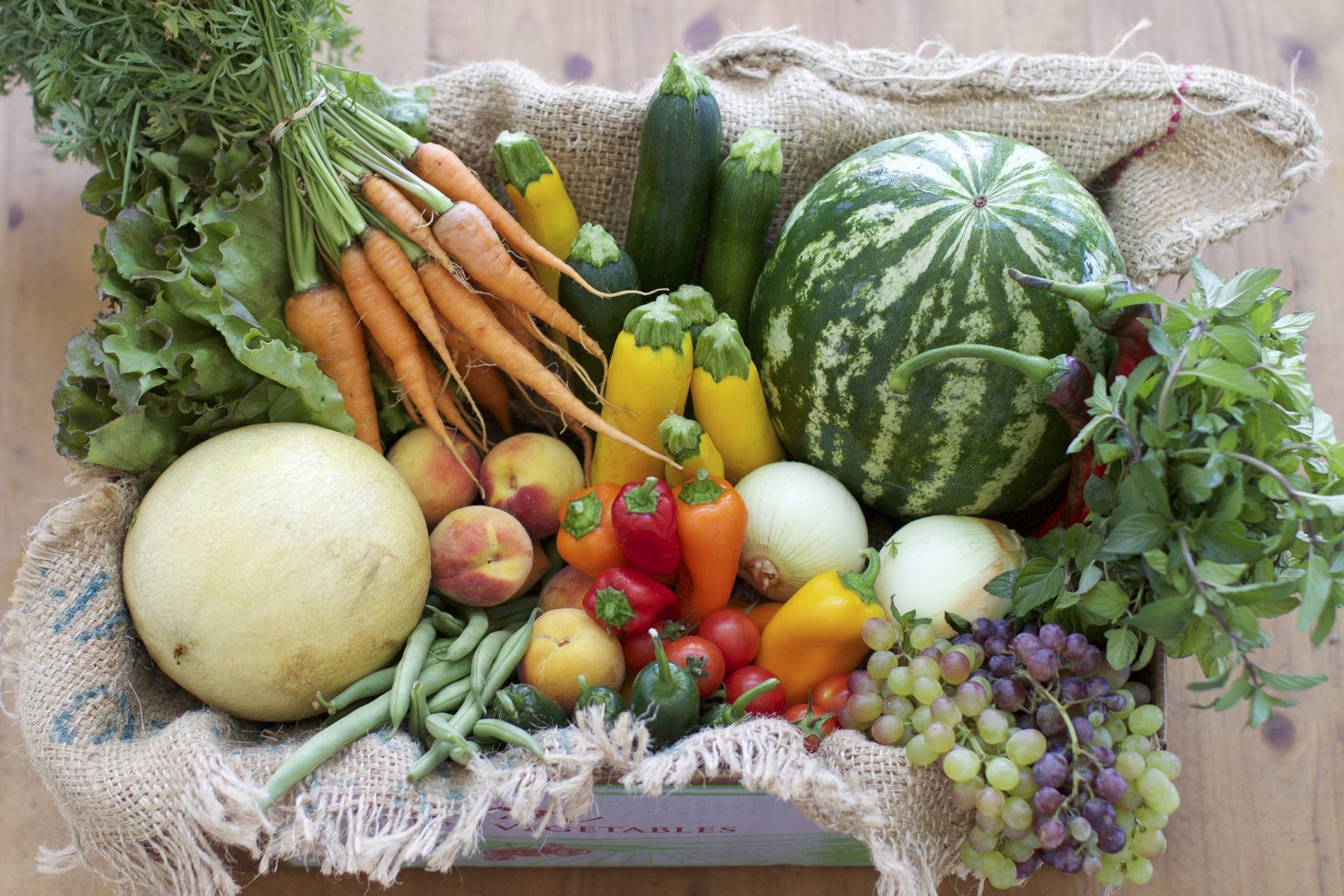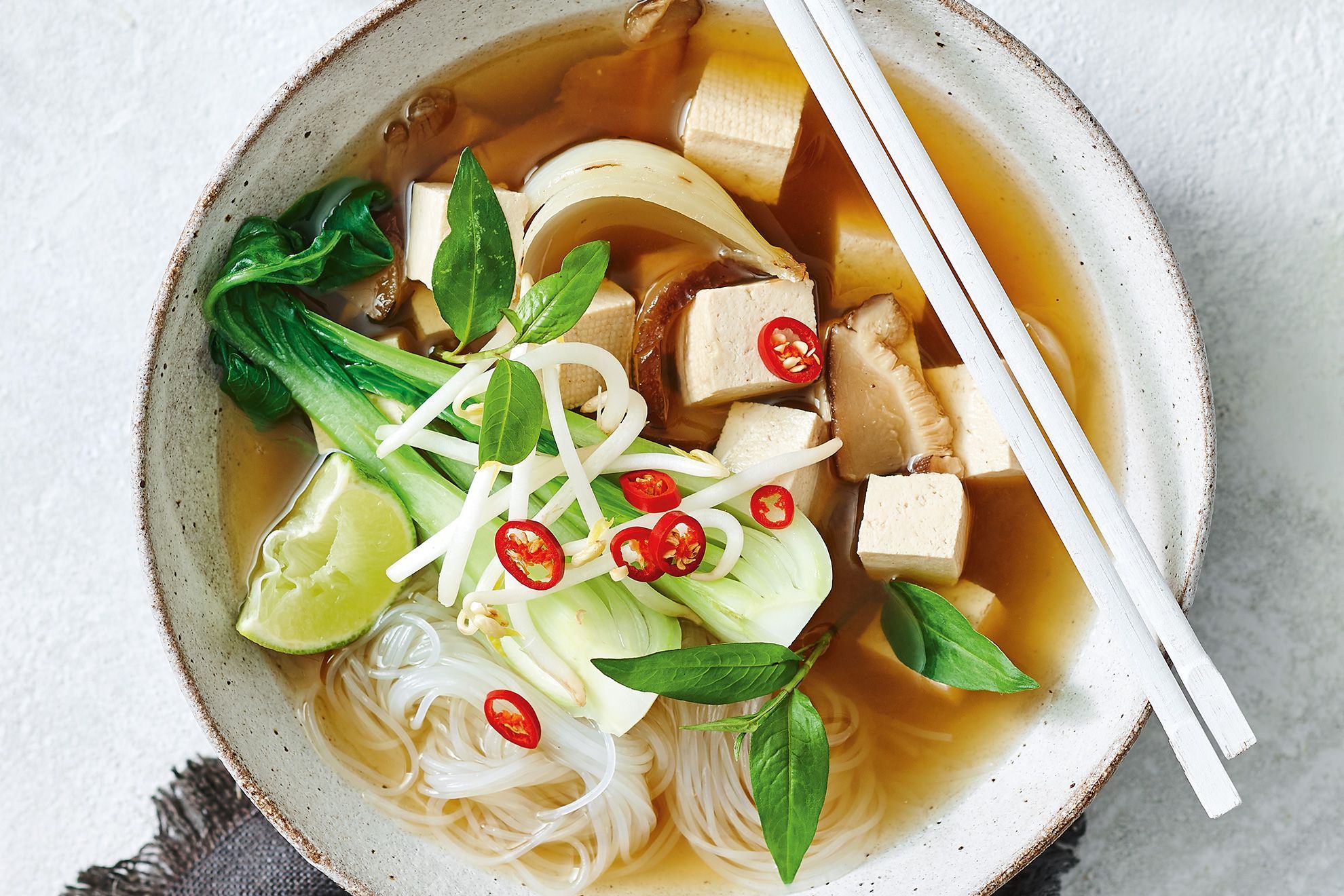Home>Gardening News and Trends>Latest News>What Vegetables Should Not Be Juiced?
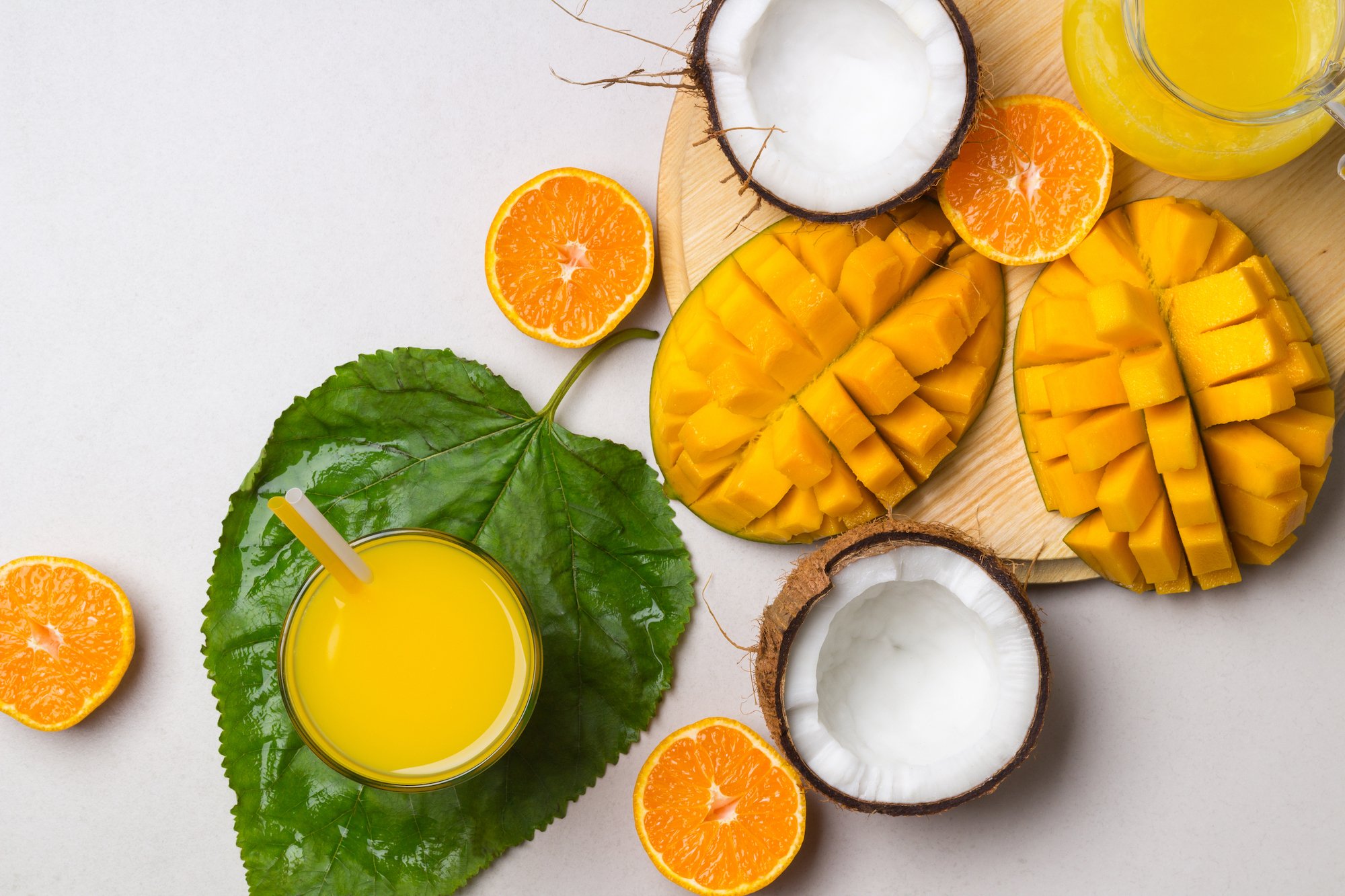

Latest News
What Vegetables Should Not Be Juiced?
Modified: January 22, 2024
Discover the latest news on which vegetables should not be juiced. Find out which ones could be harmful and should be avoided for your safety and wellbeing.
(Many of the links in this article redirect to a specific reviewed product. Your purchase of these products through affiliate links helps to generate commission for Chicagolandgardening.com, at no extra cost. Learn more)
Table of Contents
Introduction
When it comes to juicing, vegetables are a popular choice due to their numerous health benefits. Juicing allows us to extract the nutrient-rich juices from vegetables, making it easier for our bodies to absorb and digest. However, not all vegetables are suitable for juicing. Some vegetables can be tough on our digestive system or have a bitter taste when juiced. It’s important to know which vegetables to avoid when it comes to juicing.
In this article, we will explore the vegetables that should not be juiced. It is crucial to understand that these vegetables are not necessarily unhealthy or bad for you, but they may not yield the desired results when it comes to juicing. By avoiding these vegetables in your juicing regimen, you can ensure that you are getting the most out of your juicing experience.
Let’s dive into the vegetables that are best left out of your juicing routine and understand why they may not be the best choice for juicing.
Leafy Greens
Leafy greens are often hailed as the king of vegetables due to their high nutritional content. They are packed with vitamins, minerals, and antioxidants that can boost your health. However, when it comes to juicing, not all leafy greens are ideal options.
One leafy green to avoid juicing is spinach. While spinach is undeniably nutritious, it contains a high amount of oxalic acid, which can interfere with calcium absorption and may lead to the formation of kidney stones when consumed in large quantities. Instead of juicing spinach, opt for milder leafy greens like lettuce or kale.
Another leafy green to be cautious with is Swiss chard. This vibrant vegetable contains a compound called oxalate, similar to spinach. Juicing large amounts of Swiss chard can also increase the risk of kidney stones. If you still want to incorporate Swiss chard into your juice, it’s advisable to moderate the quantity and balance it with other vegetables.
Remember, leafy greens like spinach and Swiss chard are still incredibly nutritious when consumed in their whole form. Incorporating them into your diet in salads or cooked dishes can provide all the health benefits without the possible downsides of juicing.
Cruciferous Vegetables
Cruciferous vegetables, such as broccoli, cabbage, kale, and cauliflower, are known for their high nutritional value and cancer-fighting properties. However, when it comes to juicing, these vegetables may not be the best choice.
One reason to avoid juicing cruciferous vegetables is their strong and pungent flavor, which can be overpowering in juice. The taste can be unpleasant for some, making it difficult to enjoy the juice. Additionally, the fibrous nature of these vegetables can be challenging to juice properly, resulting in a less smooth and more pulpy texture.
Furthermore, cruciferous vegetables contain compounds known as goitrogens. These compounds have been found to interfere with thyroid function, particularly in individuals with iodine deficiency or thyroid conditions. Although cooking cruciferous vegetables can reduce the goitrogenic activity, juicing them may concentrate these compounds, potentially affecting thyroid health.
While it’s best to avoid juicing cruciferous vegetables, it doesn’t mean you should completely exclude them from your diet. They are still highly nutritious and beneficial when consumed in other forms, such as steaming, sautéing, or roasting. These cooking methods help retain their nutrients while minimizing any potential negative effects.
If you really want to enjoy the benefits of cruciferous vegetables in your juice, try mixing them with other milder-tasting vegetables and fruits to balance out the strong flavors. But keep in mind that moderation is key, and it’s important to listen to your body’s response.
Nightshade Vegetables
Nightshade vegetables are a family of vegetables that includes tomatoes, peppers, eggplants, and potatoes. While these vegetables are commonly consumed in various culinary dishes, they may not be the best choice for juicing.
One reason to be cautious with nightshade vegetables in juicing is their high content of solanine. Solanine is a natural compound found in these vegetables, which acts as a natural defense mechanism against insects. While solanine is generally safe in small amounts, consuming excessive amounts of solanine can cause symptoms like nausea, vomiting, and even neurological effects.
Furthermore, nightshade vegetables can also be problematic for individuals with certain health conditions, such as arthritis or inflammatory bowel disease. Some people find that nightshade vegetables can exacerbate inflammation and trigger symptoms. Therefore, if you have any underlying inflammatory conditions, it might be best to avoid juicing nightshade vegetables.
That said, not all individuals will experience negative effects from nightshade vegetables. Many people can tolerate and benefit from consuming these vegetables in their diet. It’s essential to listen to your body and note any adverse reactions or discomfort after consuming nightshade vegetables or nightshade-containing juices.
If you enjoy the flavors and nutrients that nightshade vegetables offer, consider incorporating them into your diet in their cooked or roasted form. Cooking them reduces the solanine content and may make them more tolerable for those with sensitivities. However, juicing nightshade vegetables is generally not recommended.
Root Vegetables
Root vegetables, such as carrots, beets, and radishes, are commonly used in juicing due to their sweet and earthy flavors. While they can add a pleasant taste to your juice, it’s important to be mindful of certain considerations when including root vegetables in your juicing routine.
One aspect to be aware of is the high sugar content in some root vegetables. Beets, for example, are naturally sweet and can significantly increase the sugar content of your juice. Consuming excessive amounts of sugar, even from natural sources, can lead to blood sugar spikes and other health concerns, especially for individuals with diabetes or those trying to manage their sugar intake.
Another factor to consider is the high fiber content in root vegetables. While fiber is an essential nutrient for digestion, it can result in a thicker and less smooth juice consistency. If you prefer a smoother juice, it may be necessary to strain the juice after juicing root vegetables to remove any remaining fibrous particles.
Additionally, certain root vegetables, such as potatoes, should be avoided for juicing altogether. Raw potatoes contain a toxic compound called solanine, which can lead to digestive issues and other adverse effects if consumed in large amounts. It is always best to cook potatoes before consuming them to ensure their safety.
To incorporate root vegetables into your diet, consider enjoying them in their whole form. Roasting, steaming, or boiling root vegetables can help retain their nutrients while offering a more balanced and satisfying meal. If you still want to include root vegetables in your juice, moderate the quantity and balance them with other less starchy and sugary vegetables.
Bulb Vegetables
Bulb vegetables, including onions, garlic, and shallots, are commonly used to add flavor and depth to various dishes. While they can undoubtedly enhance the taste of your food, they may not be the most ideal choice for juicing.
One reason to be cautious with bulb vegetables in juicing is their strong and pungent flavor. These vegetables have a distinct taste and aroma that may overpower the overall flavor of your juice. Unless you enjoy the intense taste of onion or garlic in your juice, it’s best to use these vegetables sparingly or incorporate them into other recipes.
Another consideration when it comes to bulb vegetables is their potential digestive effects. Raw onion and garlic can be harsh on the digestive system, causing discomfort or indigestion for some individuals. Juicing these vegetables in large quantities can intensify these effects, leading to gastrointestinal distress.
Moreover, some bulb vegetables contain compounds that can interfere with blood clotting or interact with certain medications. For instance, garlic and onions have blood-thinning properties and may not be suitable for individuals taking anticoagulant medications. It’s vital to consult with a healthcare professional if you have any concerns regarding the consumption of bulb vegetables in juicing.
While bulb vegetables may not be an ideal choice for juicing, they offer numerous health benefits when consumed in other ways. Incorporating them into your cooked dishes or adding them as seasoning can still provide their distinct flavors and potential health benefits without the potential drawbacks.
If you do choose to include bulb vegetables in your juice, it’s best to start with smaller amounts and gradually increase based on your taste preferences and how your body responds. Pay attention to any discomfort or digestive issues and adjust accordingly.
Starchy Vegetables
Starchy vegetables, such as potatoes, sweet potatoes, and corn, are beloved for their comforting and satisfying nature. However, when it comes to juicing, these vegetables may not be the most suitable choice.
One reason to avoid juicing starchy vegetables is their high carbohydrate content. These vegetables are rich in complex carbohydrates that can quickly raise blood sugar levels when juiced. This rapid increase in blood sugar can be problematic for individuals with diabetes or those aiming to manage their carbohydrate intake.
Another aspect to consider is the texture and consistency of starchy vegetable juice. Starchy vegetables have a naturally thick and starchy texture, which can result in a gluey and less appealing juice consistency. If you prefer a smoother and lighter juice, it’s best to avoid juicing starchy vegetables or use them sparingly.
Furthermore, certain starchy vegetables, like potatoes, should be cooked before consuming them. Raw potatoes contain a toxic compound called solanine, which can lead to digestive issues and other adverse effects if consumed in large amounts. Be cautious and only consume cooked potatoes to ensure their safety.
While juicing starchy vegetables may not be ideal, there are alternative ways to enjoy their flavors and benefits. Roasting, steaming, or boiling starchy vegetables can result in delicious and nutritious dishes that retain their natural taste and texture.
If you still want to include starchy vegetables in your juice, consider using them in moderation and balancing them with other non-starchy vegetables or low-sugar fruits. This way, you can minimize the impact on blood sugar levels and create a more balanced juice blend.
It’s also worth noting that dietary needs and preferences may vary from person to person. If you have specific health concerns or dietary restrictions, it’s best to consult with a healthcare professional or nutritionist for personalized guidance on incorporating starchy vegetables into your diet.
Conclusion
When it comes to juicing, it’s important to choose the right vegetables to maximize the health benefits and create enjoyable flavors. While many vegetables are great for juicing, there are some that may be best avoided or used sparingly.
Leafy greens like spinach and Swiss chard, while highly nutritious, can contain compounds that may interfere with absorption or pose a risk for certain individuals. Cruciferous vegetables, such as broccoli and cabbage, can have strong flavors and fibrous textures that may not be ideal for juicing. Nightshade vegetables, including tomatoes and peppers, may cause sensitivities or inflammatory reactions in some individuals. Root vegetables like carrots and beets can contribute to high sugar content and may result in a thicker juice consistency. Bulb vegetables such as onion and garlic can have strong flavors and potentially cause digestive discomfort. Lastly, starchy vegetables like potatoes and corn can be high in carbohydrates and affect blood sugar levels when juiced.
However, it’s important to remember that these vegetables are still highly nutritious and beneficial when consumed in their whole form or prepared using other cooking methods. Incorporating a variety of vegetables in your diet, whether through juicing or cooking, can provide a wide range of vitamins, minerals, and phytonutrients.
Ultimately, the best approach is to listen to your body and adapt your juicing routine to suit your individual needs and preferences. If you have any specific health concerns or dietary restrictions, it’s always advisable to consult with a healthcare professional or nutritionist for personalized guidance.
By being mindful of the vegetables you choose for juicing, you can ensure a well-rounded, nutritious, and enjoyable juicing experience.
